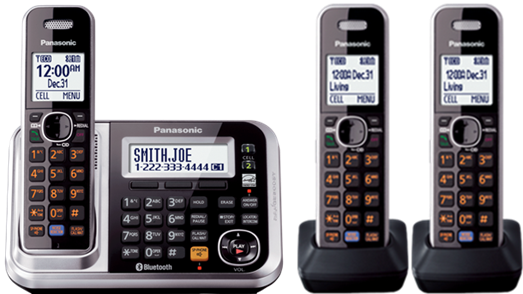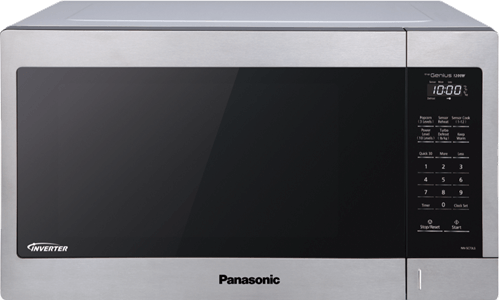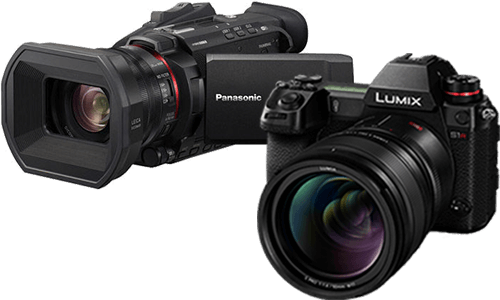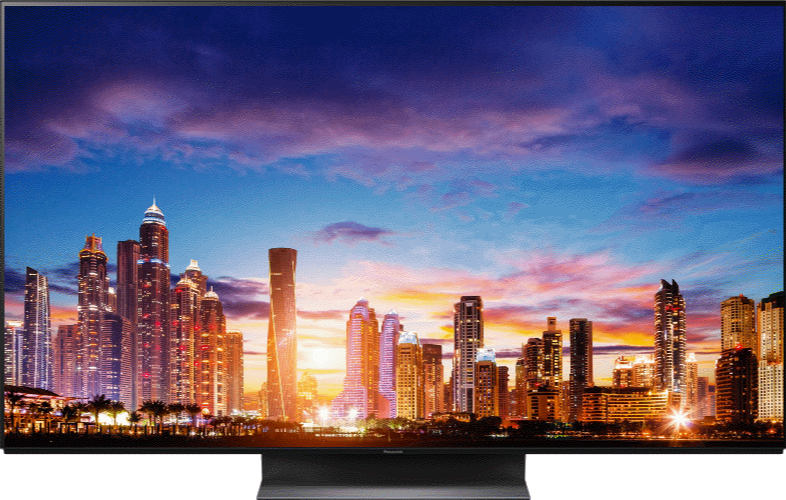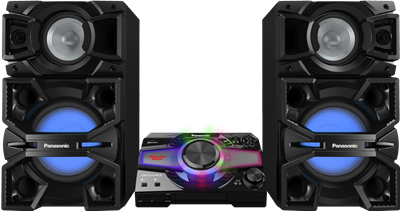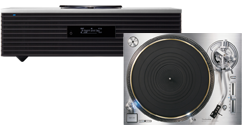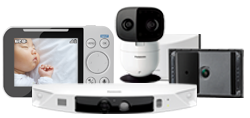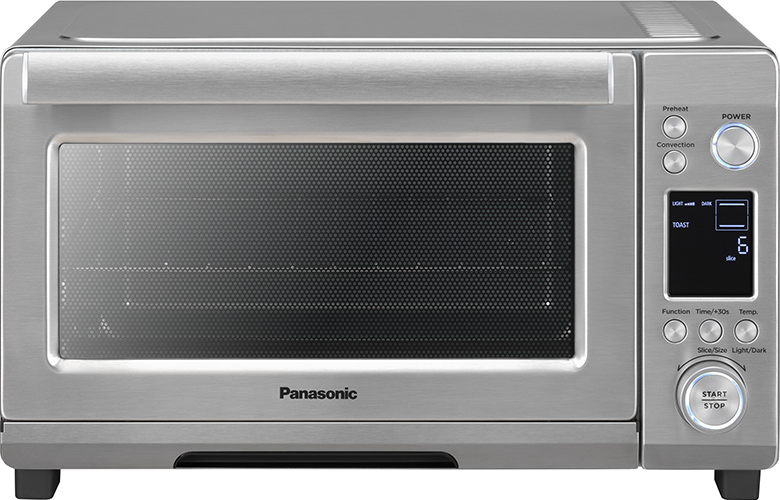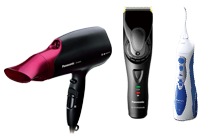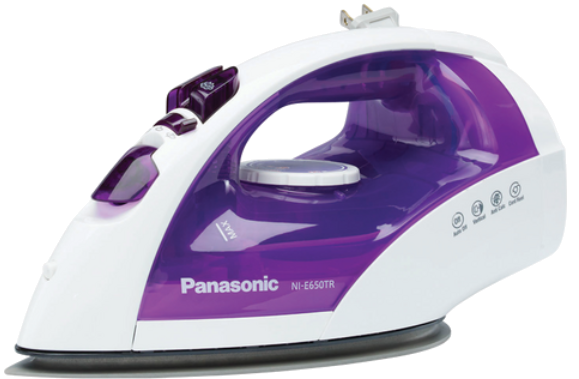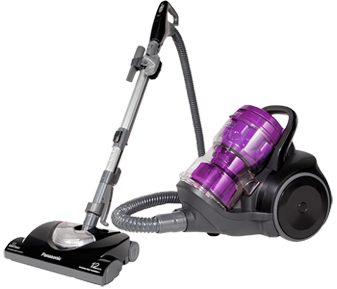How to stream live video - Live Video Streaming FAQs
Panasonic Cameras are compatible to popular streaming platforms including YouTube, Vimeo, Twitch, Facebook Live, and many more!
Common Streaming Questions and Answers
Direct streaming (streaming over IP)
- Direct Steaming is the easiest option as it doesn’t require a capture card or computer. Once credentials are set up and the camera is linked to your streaming platform (e.g. to Facebook Live), it will broadcast video directly while connected to the internet. Great for church services, news, sports, etc.
- This method only applies to the models that are capable of direct streaming. (HC-X1500, HC-X2, HC-X20, HC-X2000)
- How to set up an RTSP (Real Time Streaming Protocol) connection with VLC media player ( HC-X1500, HC-X2000 )
Live Streaming (PC/Mac + Capture Device / IP Camera)
- More polished, but requires access to a PC/Mac and video capture hardware such as a capture card to convert video or video IP streams. This method is often used for live gaming on Twitch / YouTube Live or Q&A/chat sessions enabling more interaction with viewers.
CDN Business Services (PC/Mac + Capture Device)
- Businesses using a CDN can customize the viewing experience, offering paid subscriptions, personalized shopping experiences, workouts with members, or educational tutorials, etc. CDNs are necessary for serious business or large scale applications such as colleges, online training courses etc.
You can connect your camera to a capture device that transmits the video signal. As long as your camera has a clean HDMI output (no interface controls displayed through HDMI connection), the capture device will be able to transmit the video signal to be used for your streaming needs. You may still stream via HDMI if your camera does not have a clean HDMI output, however, you will have an overlay of the interface on top of your video.
Click here for a comprehensive list of information for models with clean HDMI output.While the models listed below can provide live, clean video, some will not be able to do so while in record mode.
The camcorder models with a clean HDMI output
- AG-CX10
- HC-MDH3
- HC-V180
- HC-V380
- HC-V770
- HC-V785
- HC-V800
- HC-V900K
- HC-VX1
- HC-VX3K
- HC-VXF1
- HC-WXF1
- HC-WX970
- HC-X1
- HC-X1000
- HC-X1500
- HC-X2
- HC-X20
- HC-X2000
The LUMIX models with a clean HDMI output
- DC-BGH1
- DC-BS1H
- DC-FZ1000M2
- DC-G100
- DC-G100D
- DC-G9
- DC-G95
- DC-G97MK
- DC-GHS
- DC-GH5S
- DC-GH5M2
- DC-GH6
- DC-GH7
- DC-GX9
- DC-S1
- DC-S1H
- DC-S1R
- DC-S5
- DC-S5M2
- DC-S5M2X
- DC-S9
- DC-ZS200
- DC-ZS80
- DMC-FZ1000
- DMC-FZ200
- DMC-FZ300
- DMC-G7
- DMC-GX85
- DMC-ZS100
Capture devices transfer a single display (usually over HDMI input) into a live video feed that can be broadcast or recorded. There are many of these available including products from Elgato , Magewell , AJA and Avermedia . Streaming applications can then take that video feed and broadcast it live.
What capture device(s) can I use?
-
Elgato's Cam Link 4K
. Click on this link to view information for this capture device.
(Opens in a new window)
- This device is used for capturing camera footage using a clean HDMI out. This essentially replaces your webcam's feed with the camera's HDMI output.
- All that is required for the CAM LINK 4K is a USB slot to connect the camera to the computer.
-
Click here for a list of Cam Link compatible
Panasonic
/
LUMIX
models.
- Once you are on the page, click on the "Panasonic" option in the "Brand" dropdown menu to view the models Elgato lists as supported. Click on one of the models listed in the section to view more detailed information.
-
Elgato's HD60S
. Click on this link to view information for this capture device.
(Opens in a new window)
/
HD60 S+
. Click on this link to view information for this capture device.
(Opens in a new window)
- This device is used for capturing footage of a desktop, gaming console, or any HDMI feed. Can be paired with CAM LINK 4K in your streaming software.
- All that is required for these devices is a USB slot to connect the devices to the computer.
-
Elgato's HD60 PRO
/
4K60 PRO
. Click on this link to view information for this capture device.
(Opens in a new window)
- This device is used for capturing footage of a desktop, gaming console, or any HDMI feed with higher quality and fidelity than the HD60S/S+. Can be paired with CAM LINK 4K in your streaming software.
- Will require a PC IE lane to connect to your PC.
For operational information of the devices listed above, contact the manufacturer directly.
There are plenty of programs available for streaming with a computer. We will focus on the free and popular OBS Studio and Streamlabs OBS . Open Broadcast Software (OBS) is open source and a very popular choice for new streamers. StreamLabs OBS is another free software that’s based on OBS but includes various additional functions. Streamlabs OBS give users the ability to easily customize what their stream looks like. Users can create a number of different layouts (or Scenes as they’re called) and switch between them while the broadcast is running. These layouts can be made up of different inputs such as games, browsers, or other desktop apps, and even different cameras, and the ability to switch on the fly can make the stream look very polished.
Twitch
- Go to your twitch dashboard: https://dashboard.twitch.tv/ (Opens in a new window)
- In the top right click on the menu and choose “ Channel "
- On your channel's page, select " Channel and Videos " from the available tabs.
- Copy the “ Primary Stream Key ,” and paste it into your streaming software's respective field.
YouTube
Please do note that there is a 24 hour delay when registering for your first YouTube live stream. During this delay, you will not yet have the ability to stream.
- Click on the " Camera Icon "
- Click on " Go Live "
- In YouTube Studio, Choose “ Stream ” and complete the information required. You now have the option to choose stream settings.
- Save the Stream Key and URL
- Enter the required information into your streaming software's fields.
- Once you have streamed Live for the first time you will have the ability to keep the same stream key .
Facebook Live
- Open up the desktop application ( facebook )
- Click on " Create Post "
- Click on " Live Video "
- Choose " Go Live Now " or " Schedule a Live Video "
- Post to Either " Pages, " " Groups " or " Personal " source details
- Select “ Use Stream Keys ”
- Select " Persistent Stream Key ." this keeps your key the same for every live broadcast. Copy " Server URL ” & “ Stream Key ” into your streaming software's respective fields.
- If you are using the previously recommended OBS Studio , it is recommended that you use the auto-configuration wizard (Opens in a new window) . Click here to view information on the OBS Quickstart Setup. to get the most optimal beginning settings. You will be prompted to enter your stream key during the set up process.
- If you are using the previously recommended Streamlabs OBS , you will be prompted to sign into your streaming platform and enter your stream key the first time you open the application. Otherwise, you can access this field by going to the Settings menu, then the Stream category, and then entering your stream key into the relative field.
Panasonic hybrid cameras have the ability to turn off power saving functions which turn off the camera when it thinks it is idle. This allows the camera to continuously output over HDMI without recording, as long as there is power.
Panasonic cameras have high efficiency when in video mode so most of the models will last close to 2 hours and some of the higher-level models over 3 hours if just outputting over HDMI. Selected mirrorless models feature USB charge and supply so they can be run using USB power . The other option is to use the optional DC couplers and AC Adaptors.
This is up to the discretion of the user and what they intend to stream. Someone who is playing live music may want to input the audio through the camera. However, someone who is moving around and wearing a headset may find a desk microphone more suitable. G and S Series cameras have the ability to input XLR microphones or audio mixers using the XLR adaptor .
Depending on what you are streaming, you can set your streaming bandwidth somewhere between 2.5Mbps to 6Mbps ( 6Mbps for 1080p60 ). Do some internet speed tests and check your streaming platform website for specific guides and recommendations, but most platforms do not recommend any higher than 6Mbps .
Cameras like the HC-X1500 / HC-X2 / HC-X20 / HC-X2000 / AG-CX10 feature RTMP capabilities allowing users to stream direct to the platform of their choice with no fuss. However, users may want a more polished option with multiple layouts, add overlays and the ability to switch scenes. This sort of user would benefit from using a capture card.
This will depend on the computer. Yes, using a capture card will add an additional load on your computer and can affect its gaming capabilities. Top level streamers sometimes use a second computer just to stream their gaming. That said, more powerful computers with faster processors/graphics cards may not see any drop in performance. Reducing the resolution of the capture down to 1080p on the camera will help reduce some of the load, also adjusting the output bitrate on the broadcast software.


